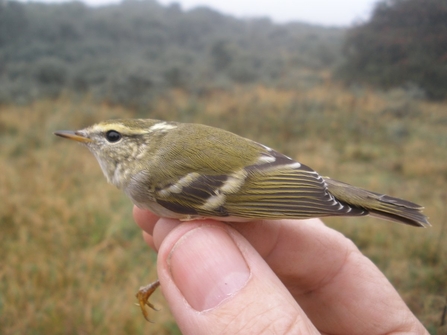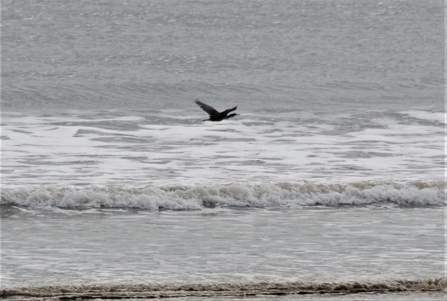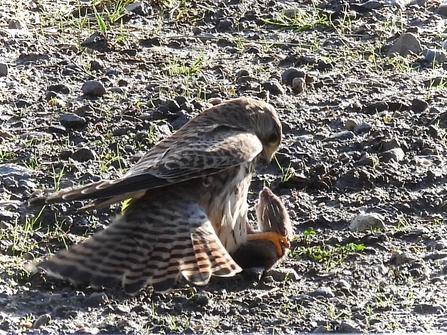In early October the UK witnessed an arrival of jays from Scandinavia, these arrivals are often due to poor acorn crops in their natal areas. In total 10 birds were seen in the Lincolnshire Coastal Country Park with the best count being four birds together over Anderby Marsh. Jay remains a scarce migrant on the coast.
A yellow-browed warbler was trapped and ringed at Anderby Creek on the 8th. A second bird was seen in amongst a group of long-tailed tits at the same location on 25th and was thought to be a different bird. The lack of easterly winds resulted in a poor arrival of yellow-browed warblers on the east coast. Typically, double figures are recorded in October.




